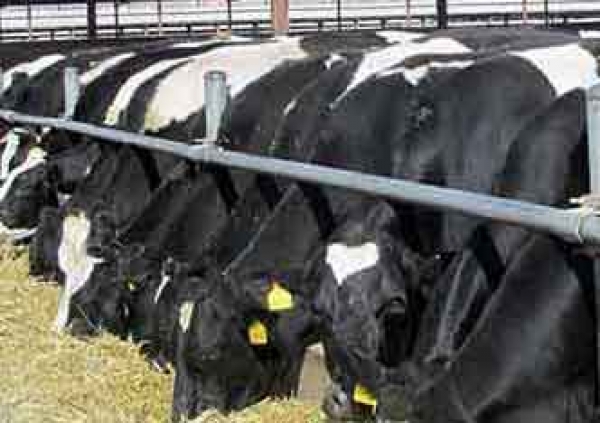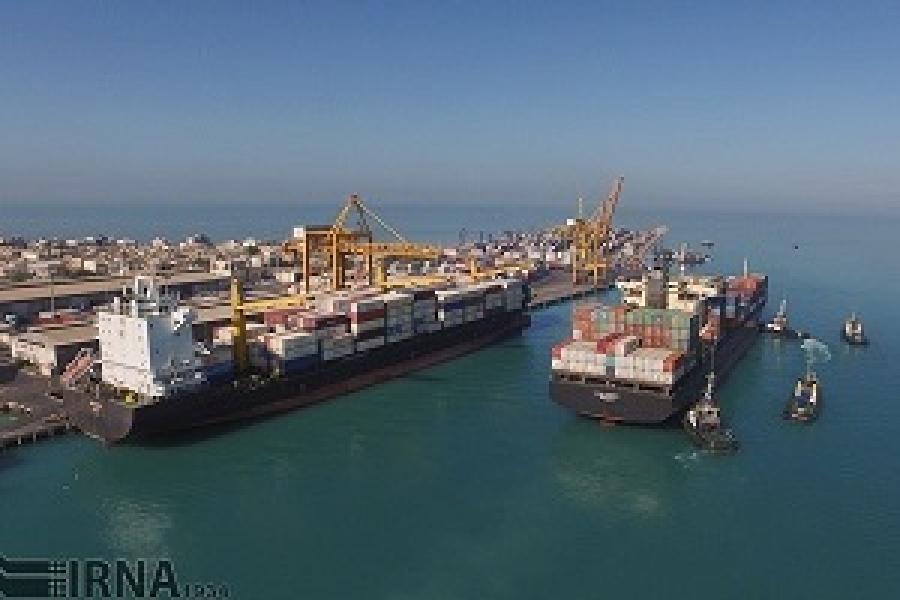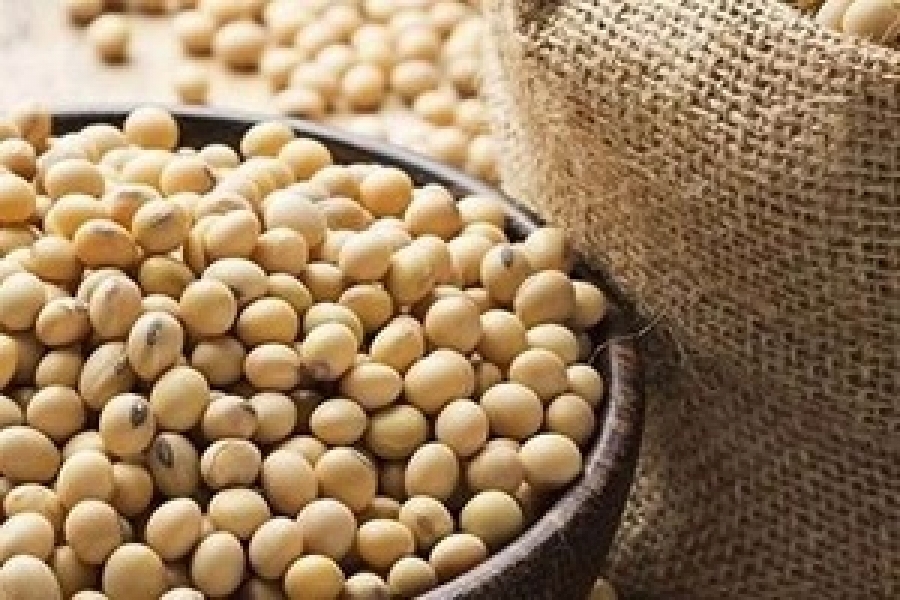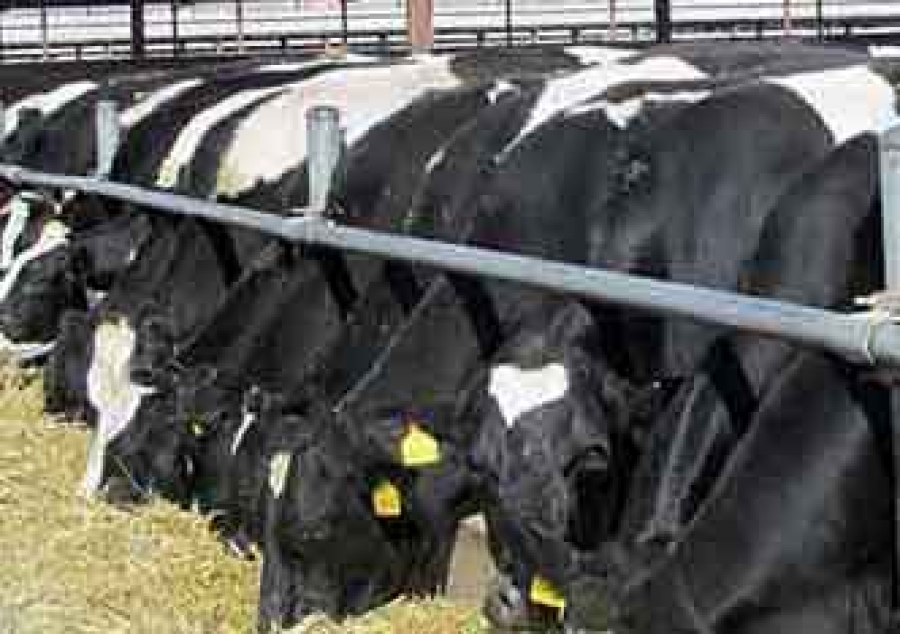news
The livestock industry in Iran has an export advantage
The head of the Isfahan Chamber of Commerce said the livestock industry could be one of the significant export opportunities of Iran in the global markets.
According to ISNA and quoted from the Isfahan Chamber of Commerce, Sayed Abdul Wahab Soheelabadi, along with the Board of Directors of the Committees of Committees of the Chamber of Commerce, on the sidelines of the visit to the Fkaa Corporation of Isfahan, stated: "We must take advantage of domestic production in foreign markets and According to its history in Iran, the livestock industry can be one of the export and production advantages of Iran.
He stressed that in some industrial fields Iran can not compete with the countries ahead, but it is in competition with the livestock and farming industry.
The chairman of the Isfahan Chamber of Commerce said that the increase in the dollar can not increase exports at once, but will also lead to market collapse and instability.
The company said that since 1357, the company has started its activities on 700 hectares and nowadays it is one of the largest milk producers in the country with 10,000 heads of livestock.
Jamshid Jalil Nezhad said that the average milk production in the complex was 160 tons per year and 60 thousand tons annually, and said 210 people are directly operating in this unit and the development of this complex due to lack of water resources and food transportation in Isfahan province has stopped.
He described the production of a laboratory embryo and the production of a biochemical embryo from dead cattle as one of the major products of the company, adding that the production of egg-producing calves and the annual sale of 800 hens of pregnant heifers are among other products of the company.
He emphasized that embryo and calf exports to the countries of Central Asia, Afghanistan, Iraq and Oman have begun.
Jalil Nezhad noted that once the cattle had been introduced in Iran from the Netherlands, embryos were introduced, but today, Iran is known as a cattle embryo exporter.
He noted that lack of food for animal feed, increased transportation costs, lack of water resources, and lack of attention to research and development outlined the challenges of the manufacturing company and said research and development costs should be seen as capital costs, To market






